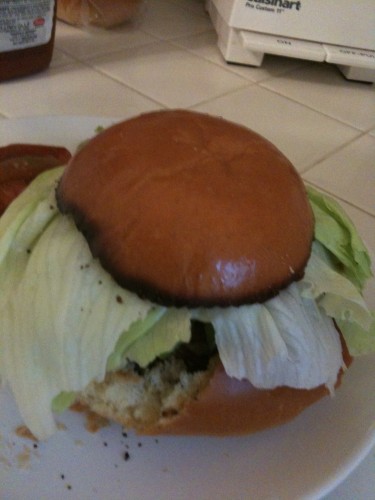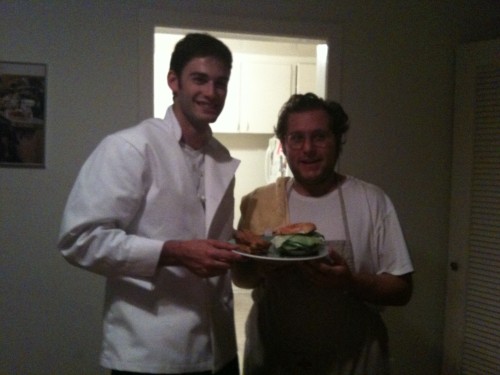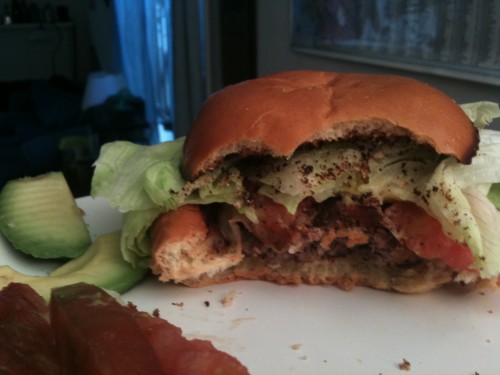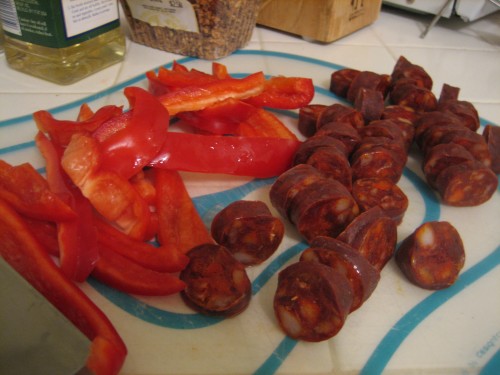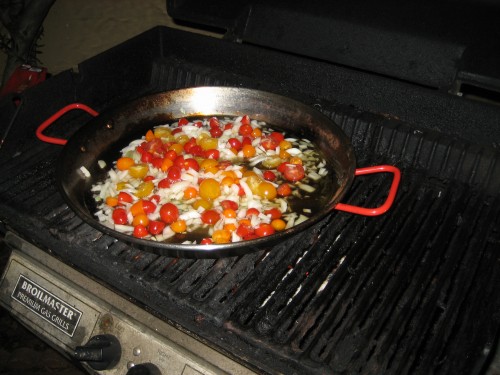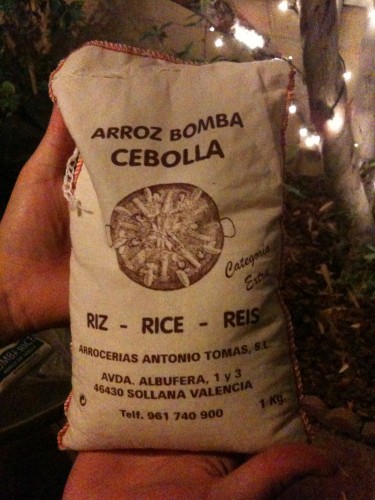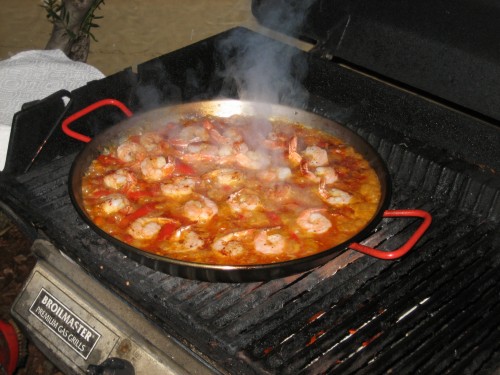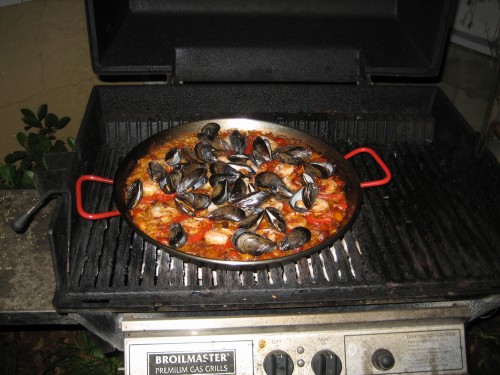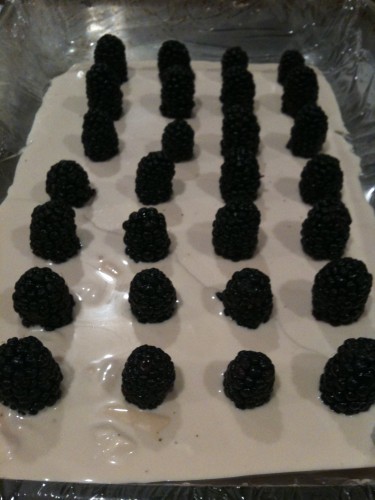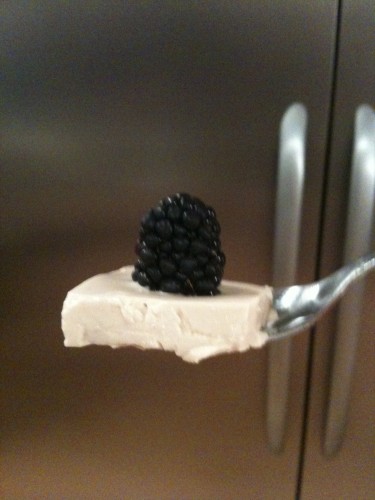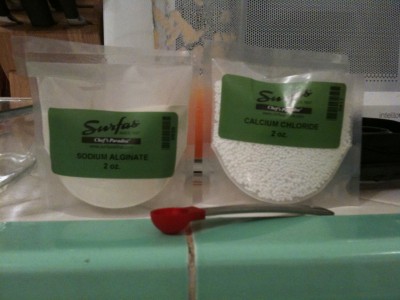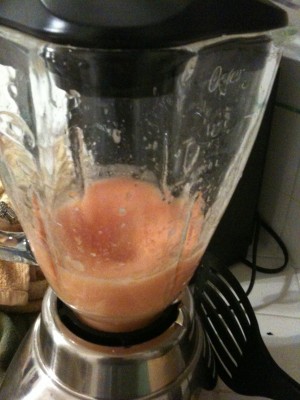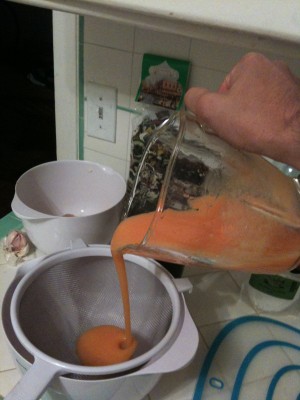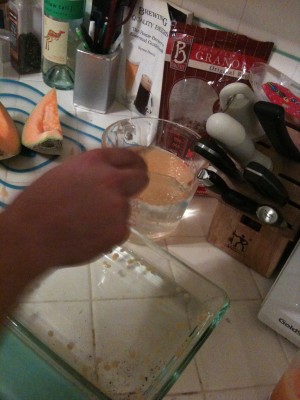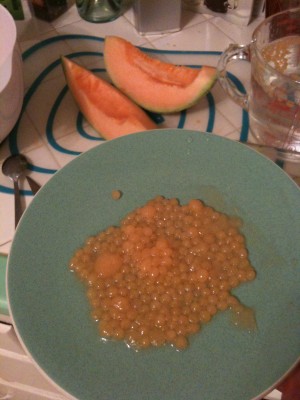At some point we got the crazy idea to make tapas. I think we were just craving a little bit of everything. So we went for it. The menu consisted of figs with prosciutto, roasted beets with basil and buffalo mozzarella, pan fried baby artichokes, deep fried cauliflower, fried zucchini blossoms stuffed with anchovy and mozzarella, mussels in a white sauce, tortilla Espanola, and cheese and olives.
-
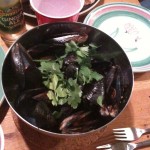
-
Mussels in white sauce
-
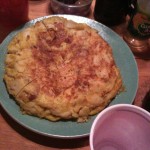
-
Scott’s Tortilla Espanola
-
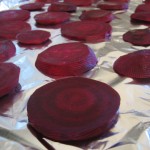
-
Beets ready for baking
-
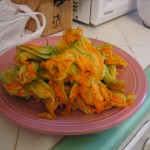
-
Zucchini Blossoms
-
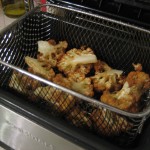
-
Fried Cauliflower
-
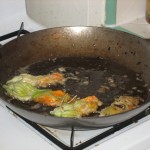
-
Frying zucchini blossoms
-

-
The eating team
-
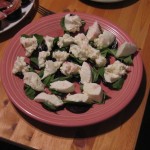
-
Beets, burrata and basil
-
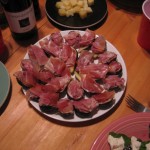
-
Figs with prosciutto
Everything was pretty easy to make. We used a little Cuisinart deep fryer for the cauliflower. Just break a full head into pieces and toss them into light canola oil at around 400 degrees for about 8 minutes or until they turn golden brown. For the baby artichokes, remove a few layers of the outer leaves and then steam them for about 12 minutes and then fry them in oil until they get crispy. The other recipes were a bit more involved.
Baked Beets with Basil and Burrata
- 4 medium sized red beets, peeled and sliced into 1/4 inch slices
- olive oil
- vinegar
- salt and pepper
Place the beets on a large baking sheet lined with aluminum foil. Sprinkle generously with olive oil, vinegar, salt and fresh ground pepper. Cover tightly with another sheet of aluminum foil and bake in the oven at 400 degrees for 20 minutes. Remove the top foil and bake for another 30-40 minutes, depending on how juicy or crispy you want them. I like ‘em juicy so less time is better.
Mussels in a White Sauce
- 1 lb black mussels
- 1/2 cup olive oil
- 1 cup cheap dry white wine
- 2 garlic cloves, crushed
- 4 shallots, diced
- italian parsley, cleaned and torn
Soak the mussels in salt water for ten minutes and scrub them together to clean. Heat the oil in a pan over medium-high heat. Add the shallots and garlic and let them brown for about 4 minutes. Add the white wine and let it reduce by about half (maybe 2 minutes) Add the mussels and italian parsley, cover and cook on medium until the mussels open. Remove from heat so you don’t over-cook the mussels. Serve with bread to soak up the sauce.
Fried Zucchini Blossoms
- zucchini blossoms, cleaned with stamens removed
- 1 cup flower
- 1 cup cold water
- 1 egg, beaten
- pinch of salt
- olive oil
- anchovy
- mozzarella cheese, cut into strips
To make the batter, mix the flower and salt together and then add the water and egg and mix until the consistency is very thin. Stuff the blossoms with a small half inch piece of anchovy and a chunk of cheese. Heat about a quarter inch of oil in a pan. Dip the blossoms and cover completely in the batter and place into hot oil. Fry until light brown and crispy and then flip and repeat. Dry on a paper towel.
Scott’s Tortilla Espanola recipe coming soon….
